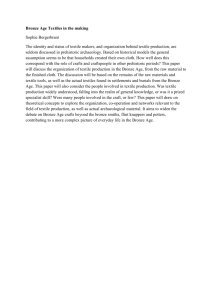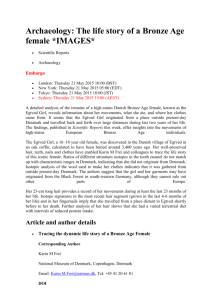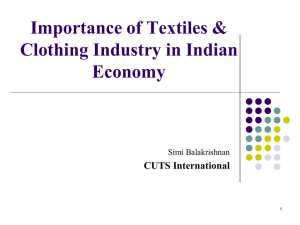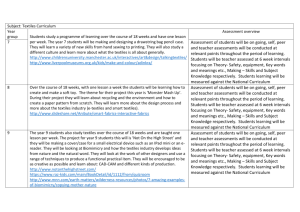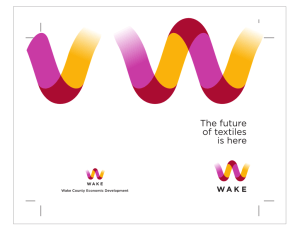Textile trade in Bronze Age Denmark
advertisement
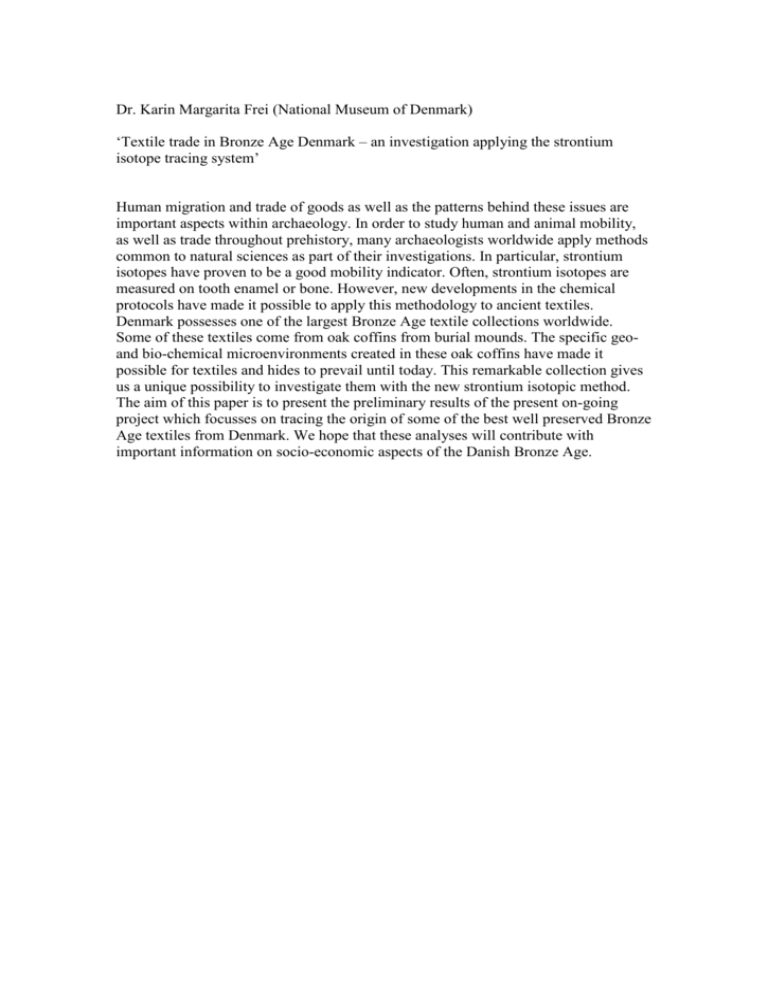
Dr. Karin Margarita Frei (National Museum of Denmark) ‘Textile trade in Bronze Age Denmark – an investigation applying the strontium isotope tracing system’ Human migration and trade of goods as well as the patterns behind these issues are important aspects within archaeology. In order to study human and animal mobility, as well as trade throughout prehistory, many archaeologists worldwide apply methods common to natural sciences as part of their investigations. In particular, strontium isotopes have proven to be a good mobility indicator. Often, strontium isotopes are measured on tooth enamel or bone. However, new developments in the chemical protocols have made it possible to apply this methodology to ancient textiles. Denmark possesses one of the largest Bronze Age textile collections worldwide. Some of these textiles come from oak coffins from burial mounds. The specific geoand bio-chemical microenvironments created in these oak coffins have made it possible for textiles and hides to prevail until today. This remarkable collection gives us a unique possibility to investigate them with the new strontium isotopic method. The aim of this paper is to present the preliminary results of the present on-going project which focusses on tracing the origin of some of the best well preserved Bronze Age textiles from Denmark. We hope that these analyses will contribute with important information on socio-economic aspects of the Danish Bronze Age.
